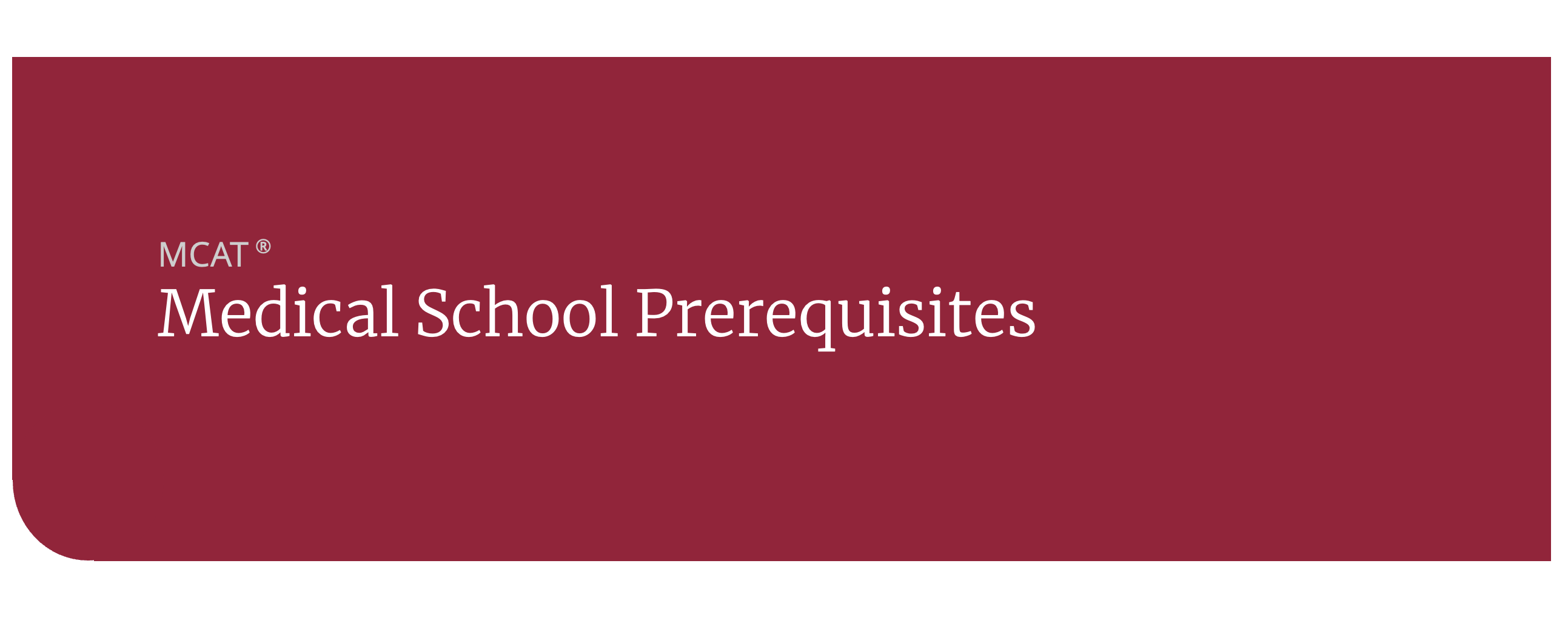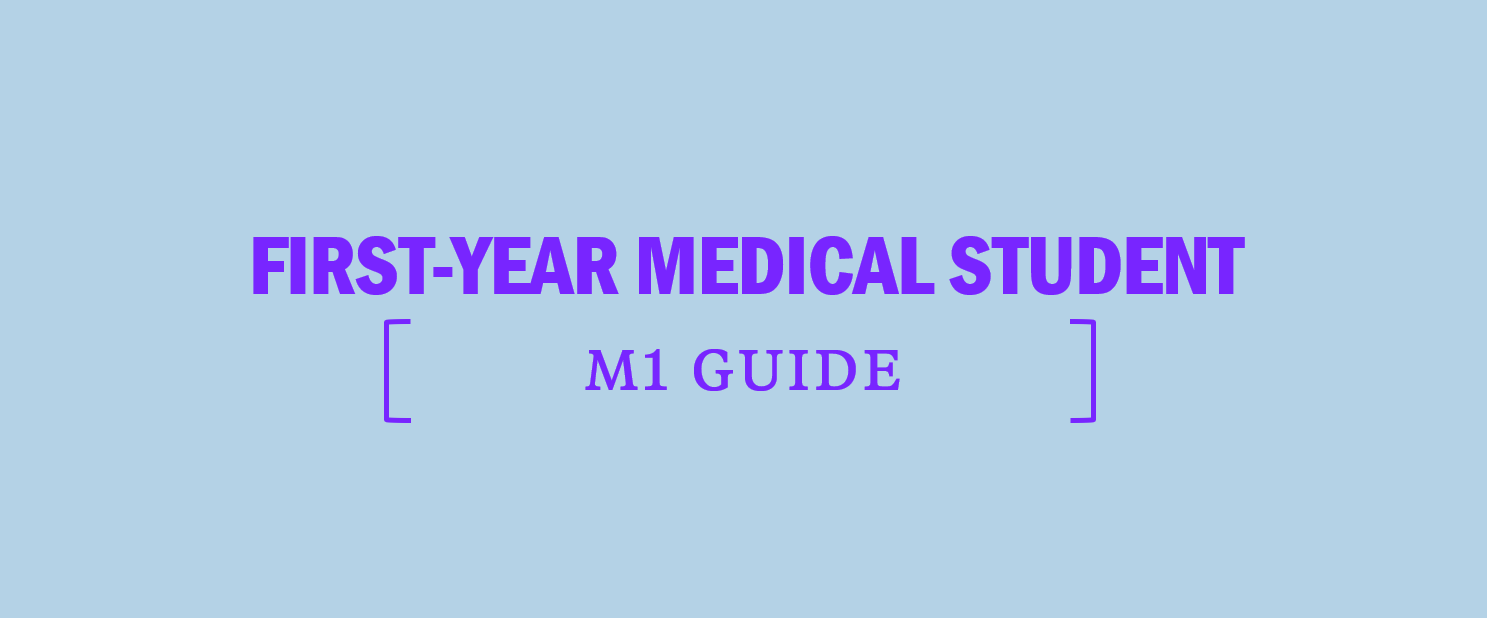University of Michigan Medical School Requirements, Tuition, and More
We’re covering everything you need to know as you consider applying to The University of Michigan Medical School. You’ll learn about acceptance rates, application deadlines, average MCAT scores, tuition, curriculum, and more.
[ RELATED: MCAT Prep Courses Near Ann Arbor, MI ]
The University of Michigan Medical School, commonly referred to as UMMS or U-M Medical School, was founded in 1850 as the first medical school to teach a science-based curriculum in the United States. It was also the first with an associated teaching hospital, founded in 1869, and one of the first to accept female and minority students. The first 90 students graduated from a 2-year program at U-M Medical School in 1852 after paying a total of $5 in tuition.
UMMS has a total student body of 795, with about 170 graduating each year (and adding to the ~20,000 alumni to date). UMMS maintains an impressive faculty to student ratio of 3.7:1. 46 of the 3,879 faculty members are members of the National Academy of Medicine, and 58 faculty members have been elected to the Institute of Medicine.
The size of the teaching hospital associated with U-M Medical School has increased from one 20-bed hospital with no operating rooms in 1869 to an entire medical complex today. Some of the buildings within the Michigan Medical Center are the University Hospital, A. Alfred Taubman Health Care Center, C.S. Motts Children’s Hospital, Frankel Cardiovascular Center, Rogel Cancer Center, and Von Voigtlander Women’s Hospital.
U-M Medical School offers a variety of medical programs. You can choose to get an MD or a joint MD/PhD in any subject that connects to medicine—that can be something traditional, such as cell biology, or more creative, like history. The schools also offers 14 stand-alone PhD programs, 12 master’s degree programs, postdoc opportunities, and several pre-med and post-bacc programs.
UMMS greatly emphasizes small-group and hands-on learning. On your first day of medical school, you’ll be sorted into one of four houses, each named for one of U-M Medical School’s prominent historical graduates. Within your house you’ll be placed in a group of 10-12 students and two faculty instructors, called a Doctoring group. Doctoring is a course you’ll take with the same classmates and instructors throughout all of medical school, designed to enable small-group learning and give you easy access to faculty. First-year Doctoring will give you a foundation for the rest of your medical studies by teaching you basic clinical skills such as communicating with patients, taking a patient’s medical history, and completing a physical exam.
Your Doctoring course will also provide opportunities for patient exposure. In your first year, you’ll be paired with a volunteer family that you’ll meet with several times, both in their home and when you accompany them to a doctor’s appointment. U-M Medical School also holds periodic medical panels on a variety of topics (substance abuse, disability, breaking bad news, etc.) that feature patients and their experiences.
In addition to your longitudinal Doctoring course, you’ll have opportunities for Interprofessional Education throughout your time as a medical student. As an M1 you’ll participate in the Interprofessional Clinical Experience (ICE), a program designed to introduce students to team-based care. You’ll complete five different clinical experiences at different sites on UMMS’ medical complex where you’ll observe and participate in team-based care.
You’ll have many mentoring opportunities; the faculty in your Doctoring group serve not only as instructors, but also mentors. Additionally, you’ll have access to a House Counselor. In an effort to ease students into the rigors of medical school, some first-year assignments will be more flexible than in other years—quizzes are due every week, but can be taken any time between Friday night and Sunday afternoon.
The curriculum at UMMS is divided into “trunks” and “branches.” As an M1, you’ll complete the “Scientific Trunk,” in which you’ll learn all the science behind medicine and participate in relevant clinical experiences. In addition to the Doctoring course and ICE experiences, the first year is divided into six blocks: three Foundations of Medicine blocks (Biochemical, cellular and molecular process of the organ systems; Physical diagnostics and therapeutics; and the Immune system and its primary targets) and three Vital Function blocks (Circulation, respiration and filtration; Nutrition, absorption, regulation and reproduction; and Cognition, movement, sensation and behavior). You’ll also take a Chief Concern course, in which you learn how to approach problems like a doctor and diagnose correctly.
Year 2 is the “Clinical Trunk.” It’s made up of preparation for and participation in 7 clerkships, or clinical rotations. You’ll spend 12 weeks in each of the following clerkships:
- Internal Medicine
- Surgery and Applied Sciences (Pathology, Anesthesiology, Anatomy, Radiology)
You’ll spend 6 weeks the following clerkships:
- OB-GYN
- Pediatrics
And 4 weeks in the following clerkships:
- Family Medicine
- Neurology
- Psychiatry
You’ll be prepared to take the USMLE Step 1 after you complete your Clinical Trunk.
Years 3 and 4 are referred to as the “Branches.” Towards the end of your Clinical Trunk you’ll choose one of the following branches to focus on:
- Patients and Populations
- Procedure-based care
- Diagnostics and Therapeutics
- Systems and Hospital-based Care
Once you’ve chosen your branch, there are three phases: Discovery (introduction to electives), Focus (internships, rotations, and electives), and Finishing (more electives, applying for residency, Capstone for Impact project, and a residency prep course).
How has the University of Michigan Medical School Made an Impact?
Each student is required to complete an impact curriculum, culminating in a Capstone for Impact that demonstrates a positive impact on health or medicine. The form of this capstone is flexible—it can be a dual degree, a research paper, a project, a company, etc.
UMMS also provides lots of opportunities for global engagement. Over 175 UMMS faculty members are participating in global health projects across the world. Students can partner with faculty members or engage in their own research projects and clinical experiences abroad.
Notable Programs at Univesity of Michigan Medical School
- Cardiothoracic Surgery
- Anesthesiology
- Obstetrics and Gynecology
- Oncology
- Primary Care
- Radiology
- Surgery
- Urology
- Family Medicine
University of Michigan Medical School: Enrollment, Acceptance, and More
The UMMS received 7,897 applications for spots in the 2019 incoming class. 6.4% of applicants were invited to interview, and UMMS matriculated a total of 177 students. 41% of matriculated students were Michigan residents, 16% were under-represented in medicine, and 44% were non-traditional students. 50% of accepted applicants received an undergraduate degree in the biological sciences and 57% of UMMS students are female.
How expensive is tuition for the University of Michigan Medical School?
Since UMMS is a state school, tuition is different for in- and out-of-state students. Michigan resident tuition is $39,744 per year, and non-resident tuition is $59,062 per year. UMMS has many grants and scholarships available, both merit- and need-based. All applicants are automatically considered for these scholarships and grants when they submit their application. About 60% of entering students receive some type of financial aid, whether it be a merit-based scholarship or a need-based grant.
When is the application deadline for the University of Michigan Medical School?
Here is the application cycle for the University of Michigan Medical School:
- May: You can begin your AMCAS primary application and schedule a CASPer test date.
- End of June: UMMS begins accepting primary applications.
- July: UMMS begins sending secondary applications to all students with an MCAT score in the top 25%.
- September 15: Primary AMCAS applications for MD/PhD programs due.
- October 15: Primary AMCAS applications for the MD program due. Secondary applications for MD/PhD programs due.
- November 15: Secondary applications for the MD program due.
- Middle of March: Scholarships are announced for admitted students.
- April: The first notifications of need-based financial aid are sent out.
Since UMMS has rolling admissions, you should submit your application as early as possible. You’ll be notified of your status no later than the 20th of the month following the month of your interview.
The UMMS application fee is $85.
Average Scores for University of Michigan Medical School
The average MCAT percentile for the incoming class in 2019 was 90.77. The average undergraduate overall GPA was 3.78, and the average science GPA was 3.72.
The most popular matches to residency and specialty programs for graduates of the University of Michigan Medical School are:
- Internal medicine (25.5%), including pediatrics and primary
- Emergency medicine (11.1%)
- Anesthesiology (8.5%)
- OB/GYN (8.4%)
- Pediatrics (7.8%), including child psychology
- Family medicine (5.9%)
- Ophthalmology (3.9%)
- Otolaryngology (3.9%)
- Psychiatry (3.9%)
- Radiation (3.9%)





